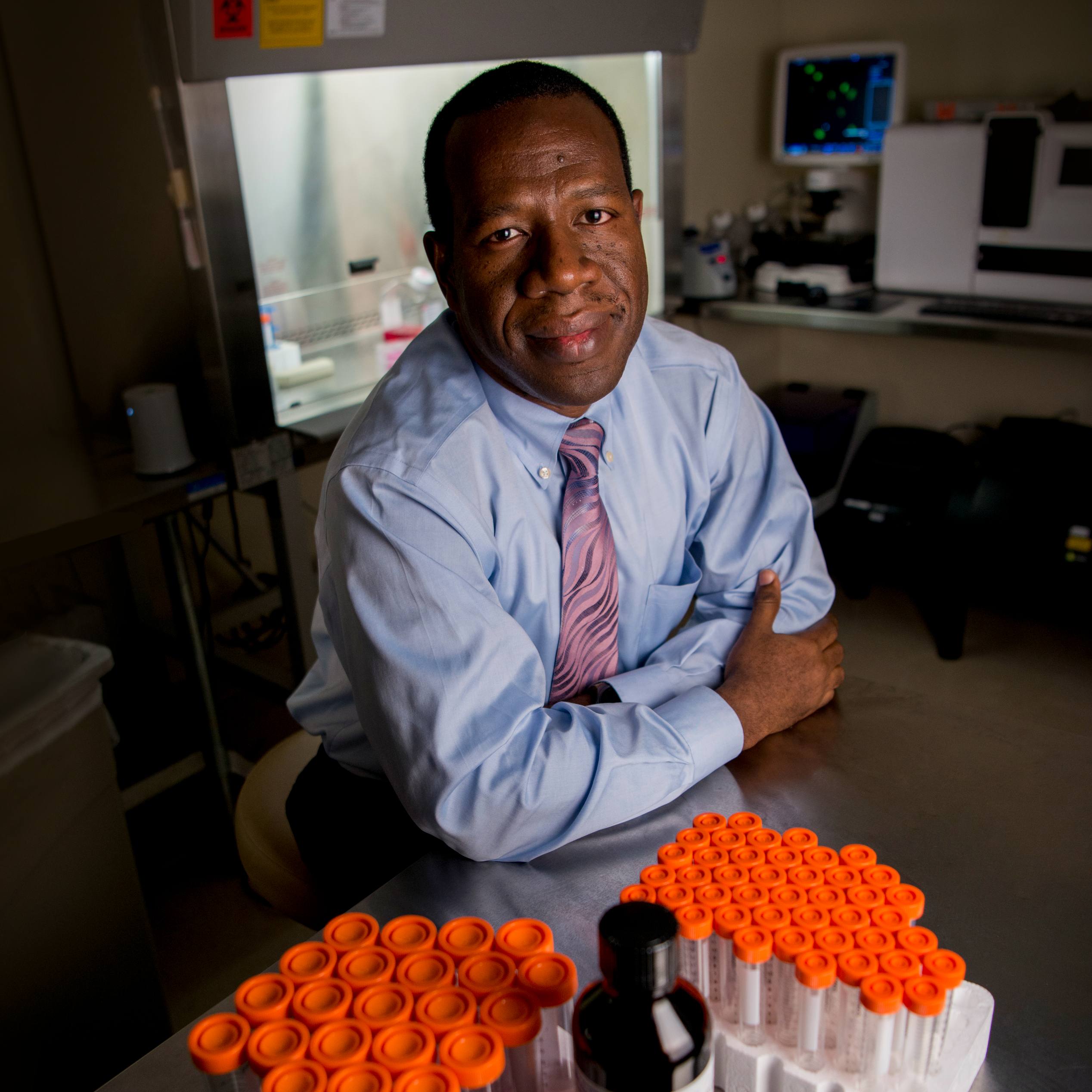-
Innovations in thoracic surgery benefit patients: Mayo Clinic Radio
Chest surgery, also known as thoracic surgery, formerly involved "cracking open the chest," which requires a large incision, cutting through muscles, and a crank to spread apart the ribs in order to access the organs. But advances in techniques, including minimally invasive procedures and the use of 3D models, are improving the way chest surgery is performed. Minimally invasive surgery can be performed through small incisions. This approach to surgery has many benefits for patients, including less damage to the muscles, less pain, fewer complications and a shorter hospital stay than with open surgery.
On the next Mayo Clinic Radio program, Dr. Shanda Blackmon, a Mayo Clinic thoracic surgeon, will explain how advances in surgical techniques are improving outcomes for patients. Also on the program, Dr. Eric Moore, a Mayo Clinic otolaryngologic head and neck surgeon, will share treatment options for head and neck cancers. And Dr. Jewel Kling, a women's health expert, will share nonhormonal treatment options for menopause symptoms.
Here's your Mayo Clinic Radio podcast.







